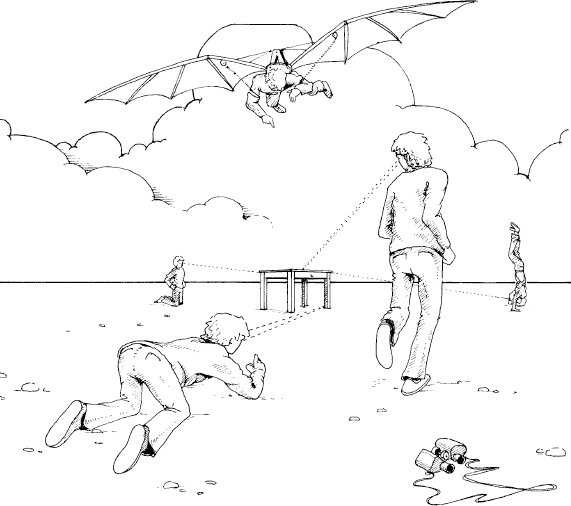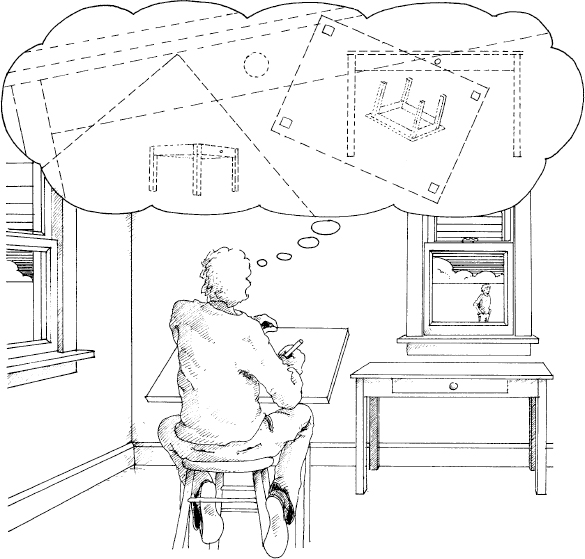1
OVERVIEW
In normal experience, our eyes are constantly in motion, roving over and around objects and through ever-changing environments.
Through this constant scanning, we build up experiential data, which is manipulated and processed by our minds to form our understanding or perception of the visual world.

These mental images of the visual world can never be in an exact one-to-one correspondence with what is experienced. Our perceptions are holistic; they are made up of all the information we possess about the phenomena, not just the visual appearance of a particular view.
As we gaze at the object or view, we sense this perceptual information all at once–colors, associations, symbolic values, essential forms, and an infinity of meanings.
Thus, our perception of even such a simple object as a table is impossible to express completely. Any expression of our experience must be limited and partial.
Our choice of what can or will be expressed is greatly affected by the various limits we self-impose or that are imposed upon us by our culture.

In expressing visual data, individuals and cultures as a whole make choices–some conscious, some unconscious–as to which aspects of their experience of a phenomenon can or should be expressed.
Consider the different images on the right. Each of ...
Get Basic Perspective Drawing: A Visual Approach, 5th Edition now with the O’Reilly learning platform.
O’Reilly members experience books, live events, courses curated by job role, and more from O’Reilly and nearly 200 top publishers.

